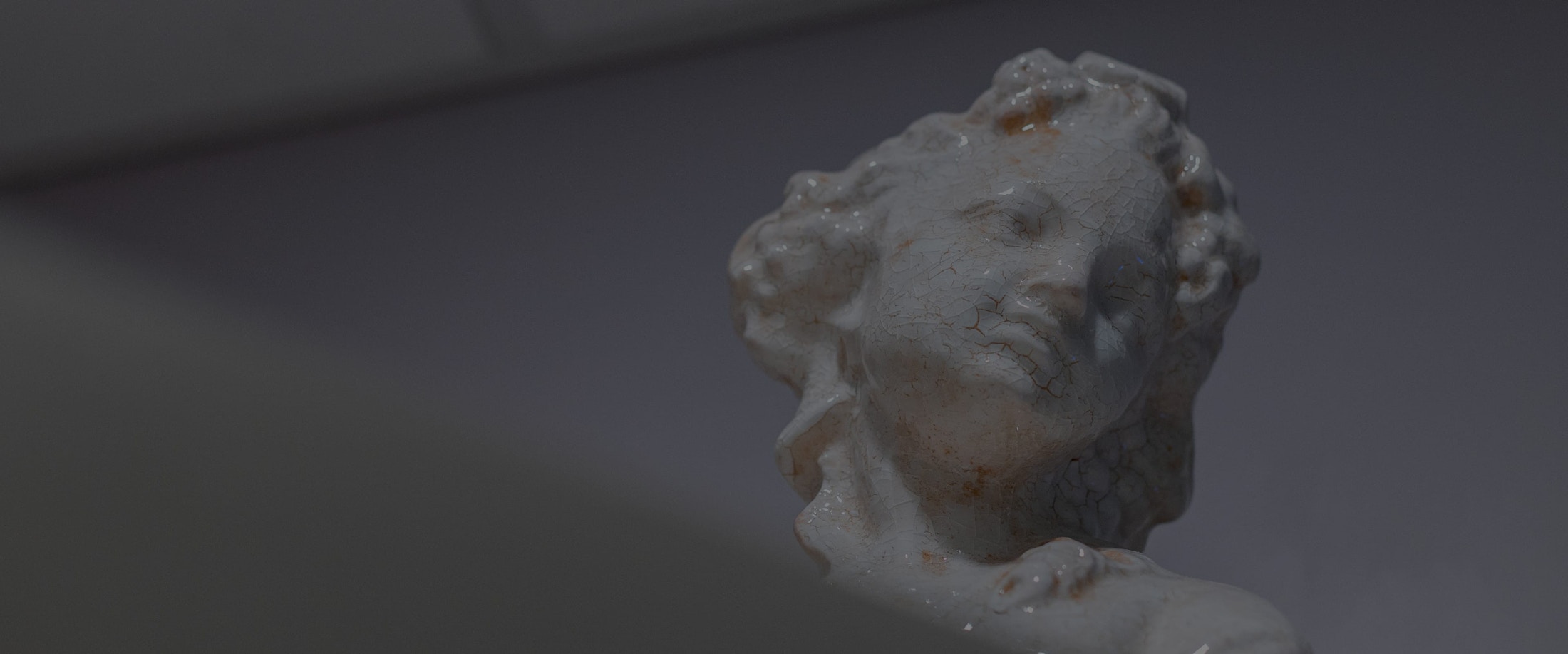DCR vs. CDCR
Surgery is usually the preferred treatment for adults and older children with completely blocked tear ducts. Surgery is also effective in infants and toddlers with congenital blocked tear ducts, though it’s typically considered after other treatments have been used. The surgery used to treat most cases of blocked tear ducts is a tear duct bypass surgery. The medical term for this is called dacryocystorhinostomy (DCR). In this surgery, a new tear drain is created above the blockage so that tears can drain into your nose normally again, and it is performed as an outpatient procedure. While you’re under general anesthesia, your surgeon makes an incision on the side of your nose near where the lacrimal sac is located. After connecting the lacrimal sac to your nasal cavity and placing a soft plastic tube or stent in the new passageway, the surgeon closes up the incision with a few stitches. Depending on the type of blockage, your surgeon may recommend reconstruction of your entire tear drainage system, which is called conjunctivodacryocystorhinostomy (CDCR). Instead of creating a new channel from the lacrimal sac to your nose, Dr. Sherman creates a new route from the inside corner of your eyes to your nose, bypassing the tear drainage system altogether. A manufactured tear drain called a Jone’s tube is put into place during this procedure.






